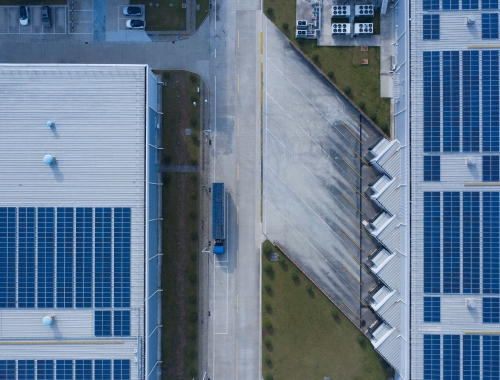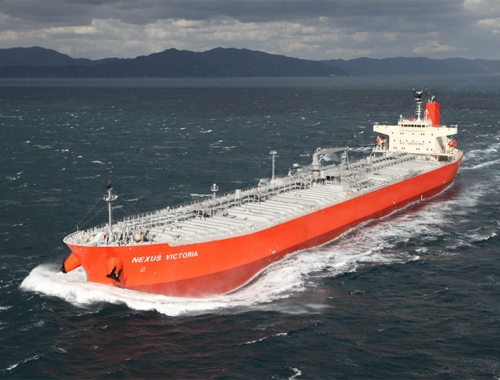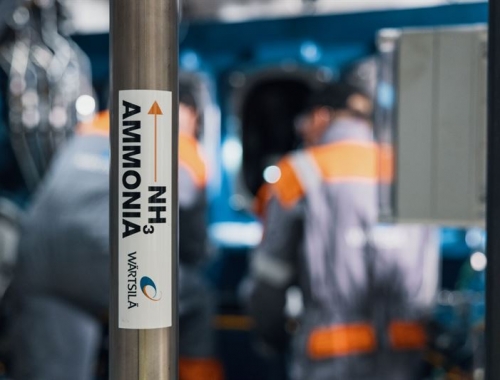New study makes case for bio-LNG as shipping fuel
SUMMARY
The study found that bio-LNG could cover up to 3% of shipping fuel by 2030 and 13% by 2050, and considerably more if blended with standard LNG.
By Joseph MurphyPOSTED IN:
A new study commissioned by LNG bunkering association SEA-LNG estimates that bio-LNG could cover up to 3% of global demand for shipping fuel by 2030, scaling up to 13% in 2050.
The study was released on October 5 and was undertaken by the Maritime Energy and Sustainable Development Centre of Excellence at the Nanyang Technology University in Singapore. It took into account the availability, cost, lifecycle emissions and logistics for bio-LNG as a bunkering fuel. It all explored the feasibility of using LNG and bio-LNG as a realistic pathway for the shipping industry to reach greenhouse gas emissions targets in a sustainable manner.
If bio-LNG is considered as a drop-in fuel blended with standard LNG, it could cover up to 16% and 63% of fuel demand in shipping in 2030 and 2050 respectively, assuming a 20% blending ratio. In the long term, shipowners that have invested in LNG fuelling equipment could shift to renewable synthetic LNG (e-LNG).
Costs for bio-LNG should fall by 30% by 2050, according to the study, as a result of reduced costs for producing bio-methane at large-scale anaerobic digestion plants.
"This marks bio-LNG one of the cheapest sustainable alternative marine fuels, compared with bio-methanol and electro-fuels, including e-ammonia and e-methanol," the study concluded.
The increased uptake of the fuel in shipping will also be tied to the greater deployment of bio-methane across other sectors, but this will require national and international standards for bio-methane injection into gas grids, plus a system of commonly accepted certifications of origin scheme so trade can be efficient and minimise transport costs.
"The decarbonisation of shipping will require the use of multiple low and zero carbon fuels. Every fuel has its own individual, but similar, pathway to net zero," SEA-LNG chairman Peter Keller said in a statement. "When assessing decarbonisation options for the maritime sector it is essential that each pathway is properly evaluated, not simply the destination. It is crucial that decision making is guided by accurate information that assesses each alternative fuel pathway on a like-for-like and full life-cycle basis (well-to-wake).”








